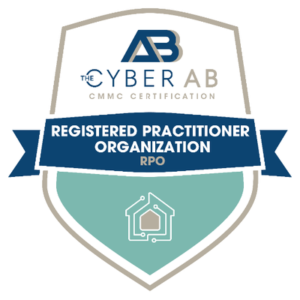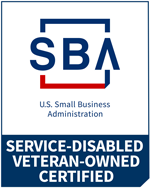Cloud security should be part of every organization’s cybersecurity plan, but many don’t know where to begin or what to prioritize.
Cloud security protects the data, applications and resources stored in cloud environments from unauthorized access, breaches and data loss. In the age of cloud computing, businesses need effective security strategies to protect against cyberattacks and ensure data privacy and integrity.
5 Steps to a More Secure Cloud
Robust cloud security practices encompass encryption, access controls, regular monitoring and proactive threat detection to mitigate risks and build trust in the digital landscape. Here are five practical steps to improve your organization’s cloud security:
- Multi-factor authentication (MFA): Implement MFA to provide extra security for your data in the cloud. Require users to give multiple forms of ID — something they know (password), something they have (mobile device) and something they are (biometric data) — before accessing cloud resources.
- Encryption: Encrypt your data in transit (when sent from a device to the cloud server) and at rest (when stored on the cloud server). Data encryption ensures that even if there’s a breach, the stolen data is unreadable and useless.
- Regular updates and patches: Patch your cloud applications frequently. Many cyberattacks target known security flaws in older versions of software. Automated patch management systems can help you keep your cloud environment up to date.
- Security monitoring and incident response: Implement continuous security monitoring to identify suspicious activity and potential breaches. Centralize monitoring and alerting and deploy a security information and event management solution. Also, defining an incident response plan will help you handle potential security incidents.
- Access control and least privilege principle: Ensure access controls are strict and follow the least privilege principle. The goal is to only give users the access they need to do their jobs. Review and update permissions regularly.
Shared Security Model
Most cloud firms provide certain security measures under the shared security model. In this model, the distribution of security responsibilities is divided between your organization and the cloud provider.
Cloud firms are responsible for the security of their underlying infrastructure, like data centers, networking and hardware. They also manage the facility’s physical security and provide firewalls, intrusion detection systems and physical access controls.
The shared cloud security model emphasizes collaboration between your organization and the cloud provider to create a secure environment. You need to understand your security responsibilities within the model and implement appropriate security measures to protect your assets while leveraging the security features offered by the cloud provider.
Keep in mind that cloud security is an ongoing process. Maintain your cloud security strategies over time by regularly assessing your security posture, performing penetration testing and assessing vulnerabilities.
MBL Technologies provides comprehensive cybersecurity services for long-term, sustainable solutions that address every facet of the evolving threat landscape, including cloud security. We help you boost your cybersecurity posture while minimizing your upfront costs. Contact us today to get started.




